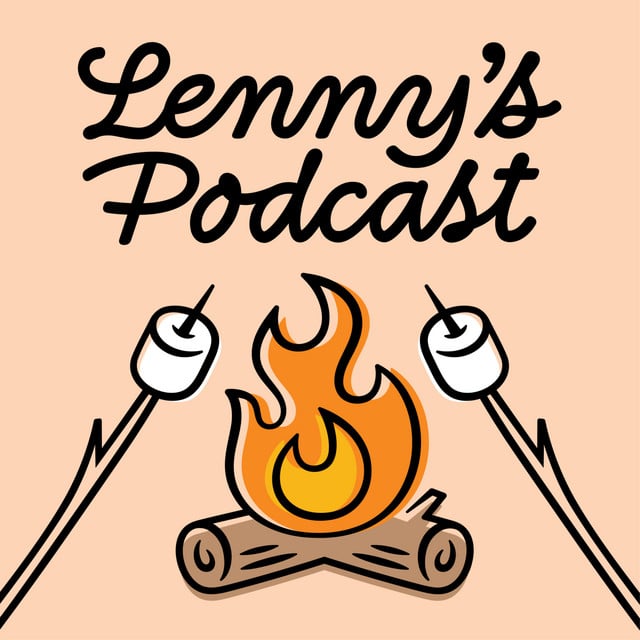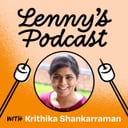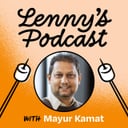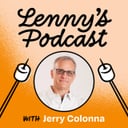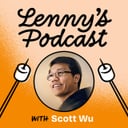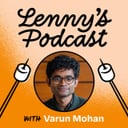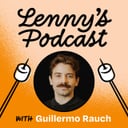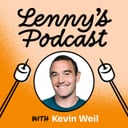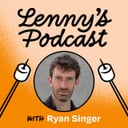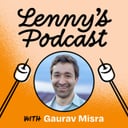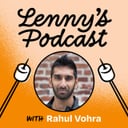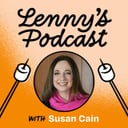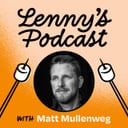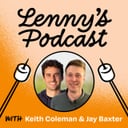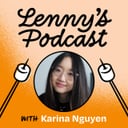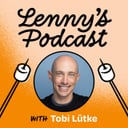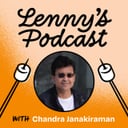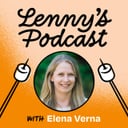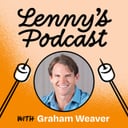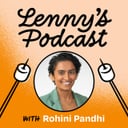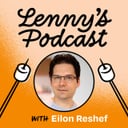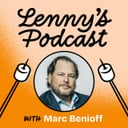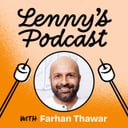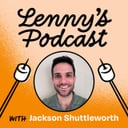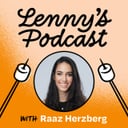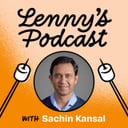
Why Uber’s CPO delivers food on weekends | Sachin Kansal
Sachin Kansal is chief product officer at Uber, where he oversees the Rider, Driver, Delivery, Grocery, and New Verticals product lines used for 33 million daily trips worldwide. He’s been in product for over 25 years (at Google, Palm, Flywheel, and now Uber). He is known for his “extreme dogfooding” ethos—personally completing almost a thousand Uber driving and delivery trips to sharpen his product insight and user empathy—and his “ship, ship, ship” mantra, which drives rapid iteration across Uber’s global teams.What you will learn:Dogfooding at scale“Ship, ship, ship” as a cultural mantraObsession with inputs over outputsUber’s hybrid marketplace vision for autonomyHow Uber changed its culture to focus on profitabilityWhat to do when data says “no” but your gut says “yes”Career advice: maximize cyclesAI as a research assistant, not an oracleUber rider etiquette tips—Transcript: to you by:Paragon—Ship every SaaS integration your customers wantStripe—Financial infrastructure to grow your revenueCoda—The all-in-one collaborative workspace—Where to find Sachin Kansal:• LinkedIn: to find Lenny:• Newsletter: X: LinkedIn: this episode, we cover:(00:00) Sachin’s background(05:00) Dogfooding in practice(11:24) Empathy and understanding drivers(20:18) Balancing metrics and user experience(22:04) Operationalizing dogfooding(24:26) Challenges and solutions in dogfooding(29:49) The motto: “ship, ship, ship”(36:37) Product announcements and live demos(40:49) Career advice for product managers(43:51) The evolution of product management with AI(46:55) Collaboration between engineers and product managers(49:36) Uber’s vision for self-driving cars(55:59) Uber’s path to profitability(01:01:58) Balancing data and gut decisions(01:07:21) AI tools in product management(01:10:14) Failure corner(01:13:48) Lightning round and final thoughts—Referenced:• Uber: Oracle: Snowflake: Fivetran: Uber for Business: McDonald’s: Domino’s: PalmPilot: Praveen Neppalli Naga on LinkedIn: May Mobility...

Why Uber’s CPO delivers food on weekends | Sachin Kansal
Sachin Kansal is chief product officer at Uber, where he oversees the Rider, Driver, Delivery, Grocery, and New Verticals product lines used for 33 million daily trips worldwide. He’s been in product for over 25 years (at Google, Palm, Flywheel, and now Uber). He is known for his “extreme dogfooding” ethos—personally completing almost a thousand Uber driving and delivery trips to sharpen his product insight and user empathy—and his “ship, ship, ship” mantra, which drives rapid iteration across Uber’s global teams.What you will learn:Dogfooding at scale“Ship, ship, ship” as a cultural mantraObsession with inputs over outputsUber’s hybrid marketplace vision for autonomyHow Uber changed its culture to focus on profitabilityWhat to do when data says “no” but your gut says “yes”Career advice: maximize cyclesAI as a research assistant, not an oracleUber rider etiquette tips—Transcript: to you by:Paragon—Ship every SaaS integration your customers wantStripe—Financial infrastructure to grow your revenueCoda—The all-in-one collaborative workspace—Where to find Sachin Kansal:• LinkedIn: to find Lenny:• Newsletter: X: LinkedIn: this episode, we cover:(00:00) Sachin’s background(05:00) Dogfooding in practice(11:24) Empathy and understanding drivers(20:18) Balancing metrics and user experience(22:04) Operationalizing dogfooding(24:26) Challenges and solutions in dogfooding(29:49) The motto: “ship, ship, ship”(36:37) Product announcements and live demos(40:49) Career advice for product managers(43:51) The evolution of product management with AI(46:55) Collaboration between engineers and product managers(49:36) Uber’s vision for self-driving cars(55:59) Uber’s path to profitability(01:01:58) Balancing data and gut decisions(01:07:21) AI tools in product management(01:10:14) Failure corner(01:13:48) Lightning round and final thoughts—Referenced:• Uber: Oracle: Snowflake: Fivetran: Uber for Business: McDonald’s: Domino’s: PalmPilot: Praveen Neppalli Naga on LinkedIn: May Mobility...
